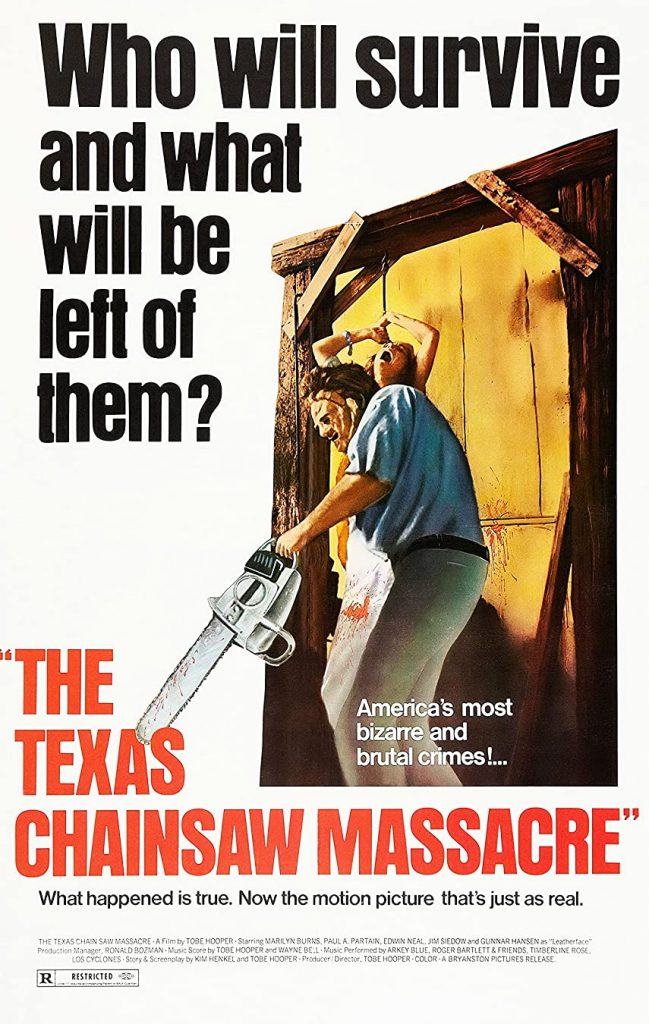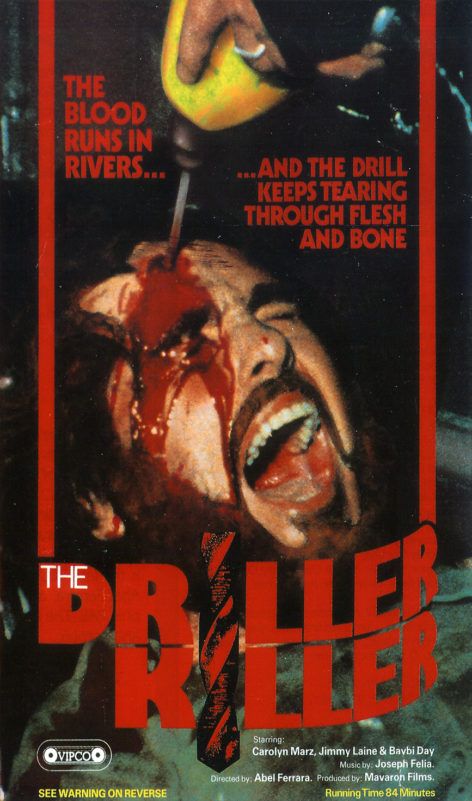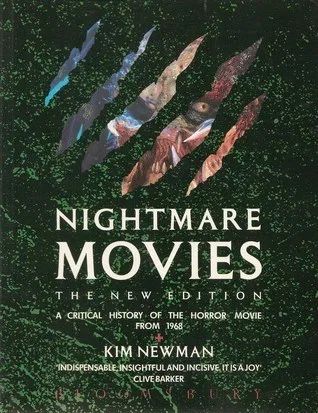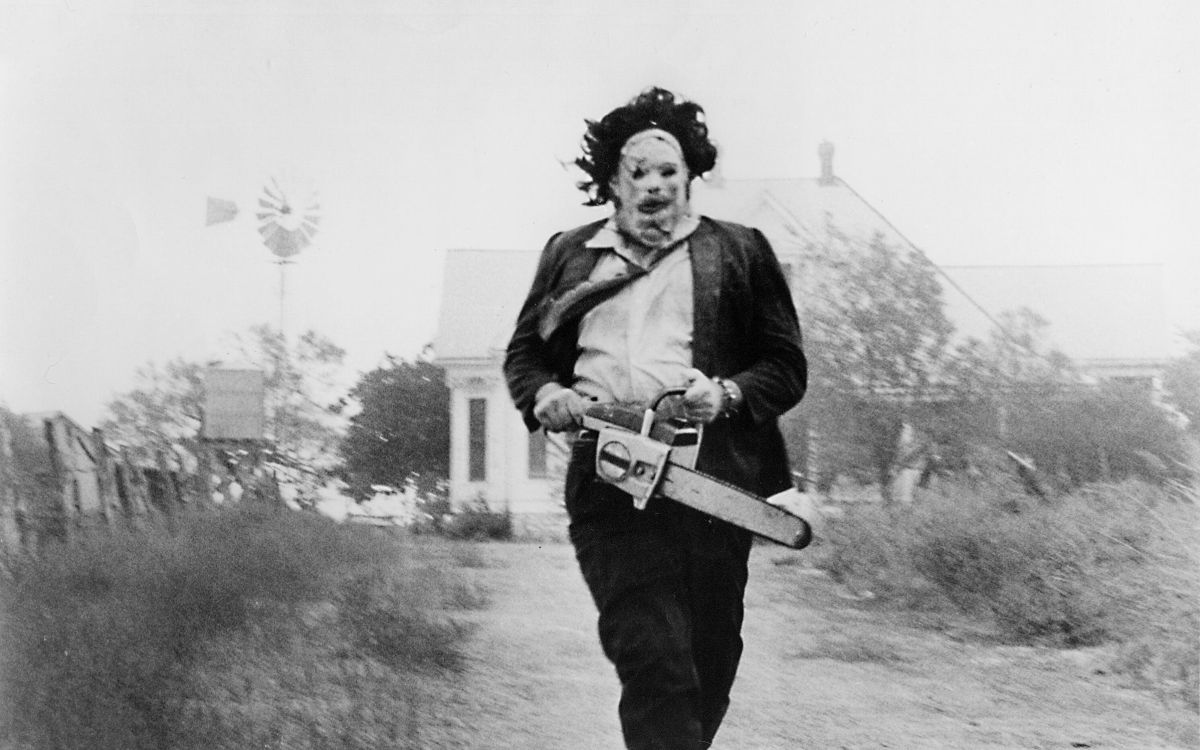Classic Splatter
When the subject of horror movies comes up, certain films are sure to be mentioned with a sort of reverential awe. They range from the ‘artistic’ to straight out-and-out exploitation, but their common link is that they have gained a reputation for being, in one way or another, ‘classic splatter’. However, how many of these films are actually worthy of the title? Are they still capable of horrifying an audience today? Why did they become classics? That’s what this section is going to be about – we have no doubt some people will disagree with much of what is said as we merrily slaughter a few sacred cows and look forward to hearing your opinions and alternative viewpoints.
The Texas Chainsaw Massacre – Tobe Hooper (1974)
EVERYONE has heard of this film – even those without any interest at all in gore know the name. I suspect that if ‘Family Fortunes’ asked the question “Name a film with buckets of blood”, this would be well up the list of most people.
But you’d be wrong.
It is almost totally bloodless. Almost all the violence happens out of shot. True, someone gets hung from a meat-hook. No blood. Someone else is carved up with a chain-saw. No blood. It all happens out of shot. For some reason, it has achieved this reputation of being splattersplattersplatter while barely spilling a drop.

This doesn’t mean it isn’t a good film. However, it also manages to break the one main rule of horror – YOU MUST SYMPATHISE WITH THE VICTIMS. Now, I don’t know what it was like when it came out, but at the screening I saw it at, the audience cheered wildly every time one of the teenagers was murdered – every time Leatherface appeared, there was a round of applause. And I can see why. Sitting here in 1988, I find the victims an entirely unpleasant, unworthy group of leftover hippies who wear such absolutely ridiculous clothes, including the widest flares I think it has ever been my misfortune to see, that they DESERVE to die.
That’s the bad news out of the way. The good news is that there are some extremely impressive touches. In the house, a fully grown hen is crammed into a canary’s cage. The chase sequences are excellently managed, despite the ludicrous images of Gunnar Larsen not so much carrying the chainsaw as being led by it as if it was an Alsatian on a leash. A landmark film, no doubt, in that it’s influence has been felt down the years by almost every splatter movie director. Homages to it are still being paid now, 14 years later (notably in “Hollywood Chainsaw Hookers” [ British title “Hollywood {PICTURE OF A CHAINSAW} Hookers” ], which was a bit gorier, rather funnier and a lot sexier than the original).
Overall, this film should be thought of in much the same way as the Sex Pistols – quite outrageous for it’s time, and deserving of a place in history, but looking back at it now, with the benefit of hindsight, you can’t help wondering what all the fuss was about…
Driller Killer – Abel Ferrara, (1980)

Now we’re getting into the SERIOUS video nasties, with this one which is on the DPP’s magic list of 30 or so films worthy of prosecution, along with such other gems as “Blood Feast”. However, once again, this one has to be classed a severe disappointment to the student of splatter, with only one of the killings taking place in anything like the detailed close -up suggested by its reputation.
It is a tale of madness. An artist working in a studio is gradually driven mad by the pressures of work and the intolerable racket resulting from living next door to an extremely poor sub-punk rock group. His agent rejects his master-work, a painting of a buffalo, and he finally starts killing various vagabonds, tramps and winos with the aid of (surprise, surprise) a power drill. The reason WHY he does this is never crystal clear; one possibility is that he fears them, or rather fears BECOMING one of them. Who can say with insanity?
Is it ‘liable to corrupt or deprave’? Frankly, no. Having sat all the way through it, I found it an immensely depressing film, with very little in the way of excitement. To some extent, it COULD be considered corrupting in that the murderer is the only person shown as anything else other than a bastard – we are encouraged to identify with him, certainly a lot more than the victims, who only appear for the sole purpose of being killed.
As video nasties go, this is probably the nearest I’ve seen to one that can be justified artistically. Taken as a film about the descent into madness, it is certainly a worthy film, being both convincing and fairly unpleasant simultaneously, but as a piece of splatter, or even a piece of entertainment, it is very sadly lacking in anything that would make me want to watch it again.
Nightmare Movies – Kim Newman, Bloomsbury Press, 12.95
Finally for this issue, not a splatter movie, but a book ABOUT splatter movies (though the range covered is a lot wider than just the pure gore film). Quick review this, as I’ve not had much time to look at this one properly, but it comes with an impeccable pedigree (supposedly Clive Barker’s favourite book), and what I’ve seen of it so far seems to support this view.

It is a survey of the horror film, roughly from ‘Night of the Living Dead’ until the present day (he says the last film he saw before finishing the book was in May 1988). It’s written from more or less a single viewpoint, which is both an advantage and a disadvantage – I disagree with about half of what he says in the book, but he does at least JUSTIFY his views, which is more than a lot of writers do.
There is a nice sense of the fan throughout – he clearly enjoys watching films, and this comes across well. A sense of humour is obvious, even in the little things like photo captions. If this book has a fault, it is perhaps in that it takes a little too snobbish a view, claiming that a film of pure effects is of virtually no merit – while this may be true in an artistic sense, it is certainly not true when it comes to entertainment (which is, after all, the main reason I go to the cinema).
There are many photographs liberally scattered throughout the book. These vary widely in quality and atmosphere, though they are unfortunately all in black and white (critics rail against colorisation of old b/w movies, but nobody seems too bothered when still pictures from a colour film appear in monochrome!).
Taken as a whole, I’m looking forward to reading it, even if I’m going to have to restrain myself every time he tells me how EXTREMELY good George Romero is!!
